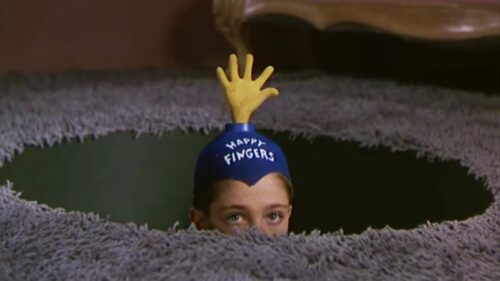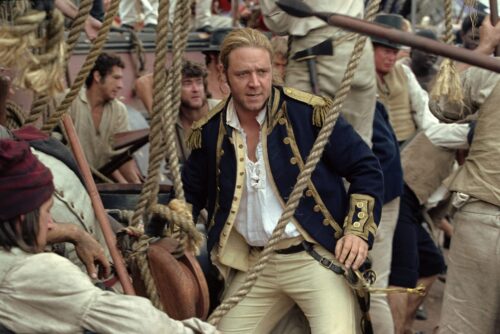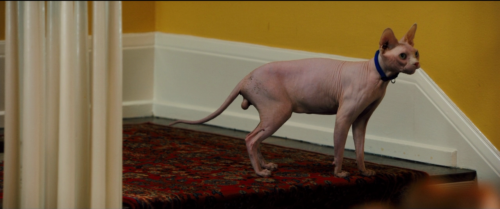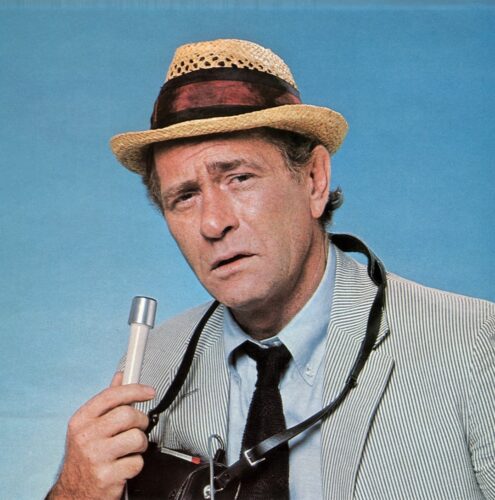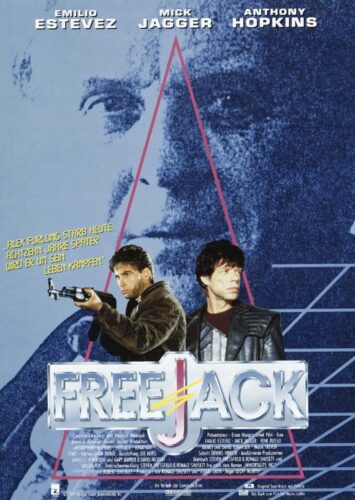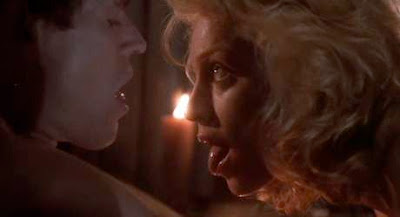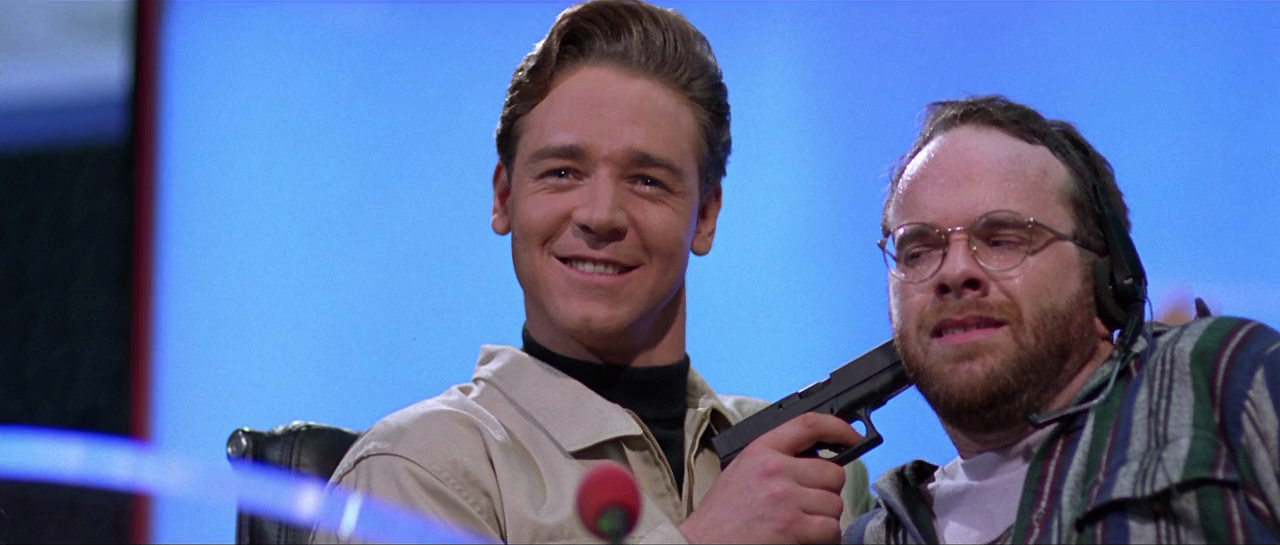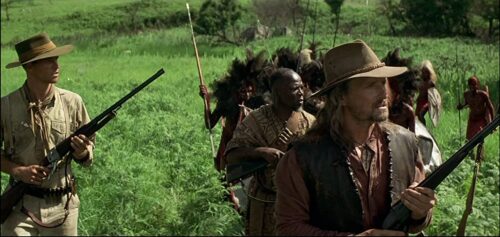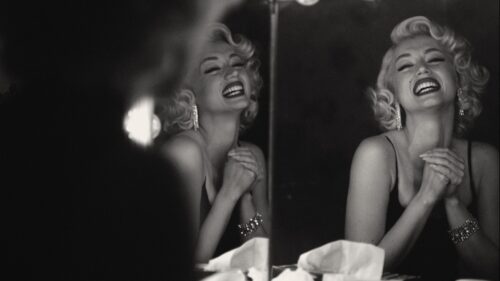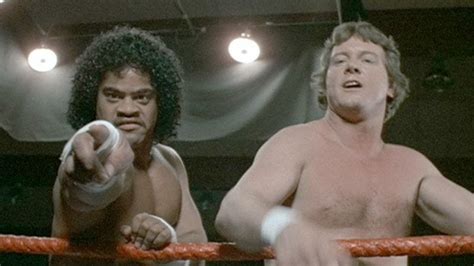
With Tim AWOL (Absent With Overabundant Lego), Jen invites wrestling expert Darren Herczeg to discuss a half-assed wrestling comedy, Body Slam!
Hear the whole episode at our Patreon and get access to more than 80 other bonus episodes!
You can read Dirk Benedict’s idiotic whining about the female Starbuck over at the Internet Archive.
For a peek into the primordial soup of reactionary mass media, read this piece about Wally George and his UHF televison show, Hot Seat. More proof that the worst place God created is not the Nefud desert, but Orange County, California.
Speaking of shock TV, watch a representative clip of The Richard Bey Show! Bey later claimed that his show was cancelled because he aired an interview with Gennifer Flowers, one of several women who accused Bill Clinton of sexual assault. #ClintonBodyCount
Finally, don’t forget to follow the world’s greatest Instagram account, a veritable museum of weird gimmicks and jobbers, @hamandeggers. Our special guest Darren does, so shouldn’t you?

